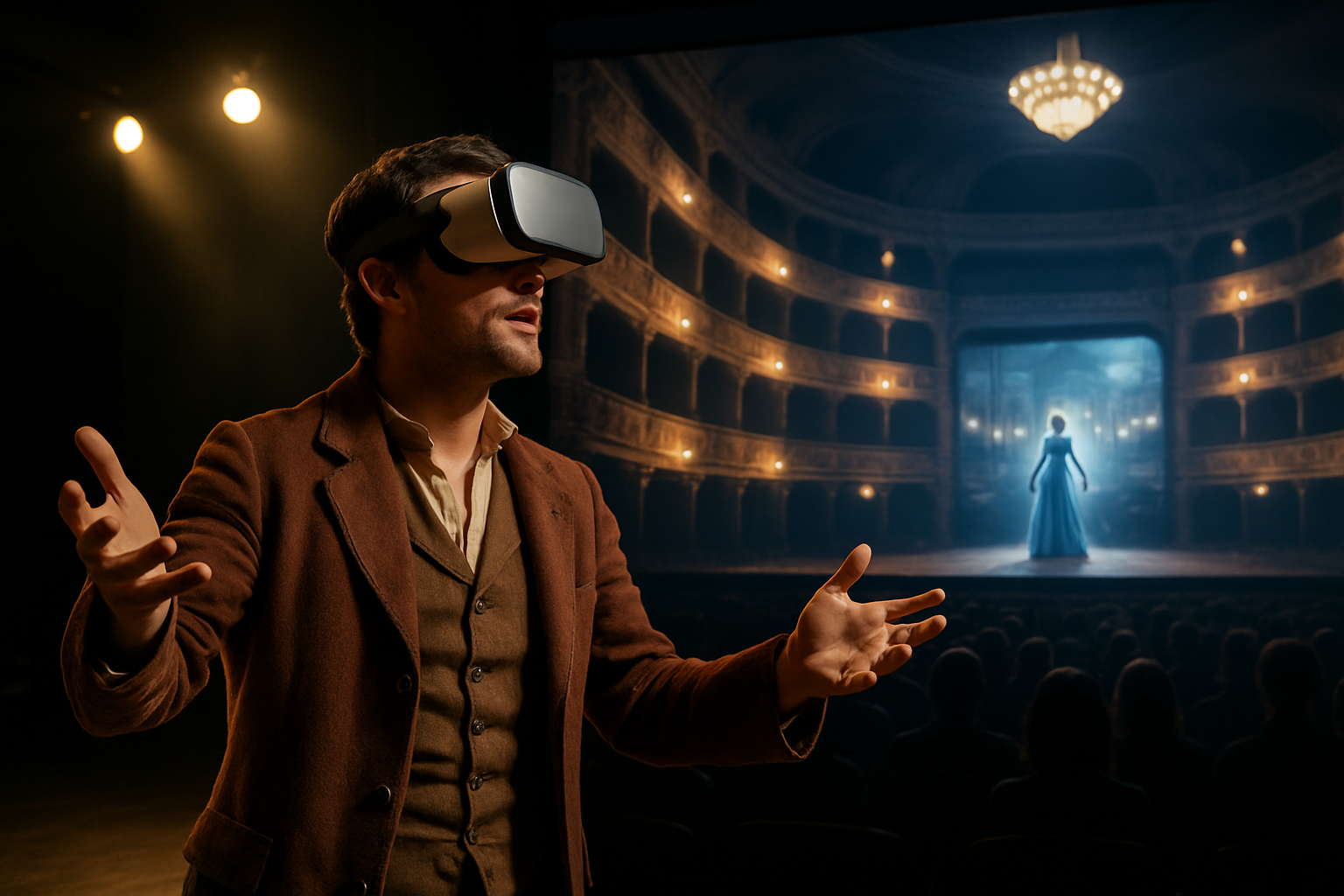The Enigmatic World of Holographic Opera
In the realm where cutting-edge technology meets classical artistry, a groundbreaking form of performance is captivating audiences worldwide. Holographic opera, a fusion of traditional operatic elements with state-of-the-art holographic projections, is redefining the boundaries of live entertainment. This innovative medium not only preserves the rich heritage of opera but also propels it into the future, creating immersive experiences that blur the line between reality and illusion. As holographic opera gains traction in prestigious venues and experimental theaters alike, it challenges our perceptions of performance art and opens up new possibilities for creative expression.

The first fully-realized holographic opera, Orpheus X, debuted in 2018 at the Metropolitan Opera in New York. This groundbreaking production utilized cutting-edge projection systems to create lifelike holographic representations of mythological creatures and otherworldly landscapes, seamlessly blending them with live performers on stage. The success of Orpheus X sparked a wave of interest in holographic opera, inspiring artists and technologists to push the boundaries of what was possible in this new medium.
Technological Marvels Behind the Scenes
At the heart of holographic opera lies a complex array of technologies working in harmony to create a seamless illusion. High-powered laser projectors, advanced motion capture systems, and real-time rendering engines form the backbone of these productions. Custom-designed holographic screens, often made of nearly invisible mesh or specialized glass, allow the projected images to appear as if they are floating in mid-air.
One of the most crucial aspects of holographic opera is the precise synchronization between the live performers and the projected elements. Sophisticated software tracks the movements of singers and orchestra members in real-time, adjusting the holographic projections to maintain perfect alignment and interaction. This intricate dance between human and hologram requires months of rehearsal and fine-tuning to achieve the desired effect.
The Artistic Revolution
Holographic opera has opened up unprecedented creative possibilities for composers, librettists, and directors. No longer constrained by the physical limitations of traditional stage design, creators can now craft fantastical worlds and impossible scenarios that come to life before the audience’s eyes. This newfound freedom has led to a renaissance in operatic storytelling, with productions tackling complex themes and abstract concepts in ways previously unimaginable.
Composers are also exploring new sonic landscapes to complement the visual spectacle of holographic opera. Electronic and synthesized elements are often integrated into the score, creating a futuristic soundscape that matches the high-tech visuals. Some productions have even experimented with spatialized audio systems, enveloping the audience in a three-dimensional sonic environment that further enhances the immersive experience.
Challenges and Controversies
Despite its growing popularity, holographic opera faces several challenges and criticisms. Purists argue that the technology detracts from the raw emotion and human connection that are central to traditional opera. There are concerns that the spectacle of holographic effects may overshadow the music and performances, turning opera into a mere visual extravaganza.
Technical difficulties also pose significant hurdles. The complex systems required for holographic projections are prone to glitches and malfunctions, which can disrupt performances and break the illusion for audiences. The high costs associated with implementing and maintaining these technologies have limited their adoption to only the most well-funded opera companies, raising questions about accessibility and elitism in the art form.
The Future of Holographic Opera
As technology continues to advance and become more accessible, the future of holographic opera looks increasingly bright. Emerging innovations in augmented reality and volumetric capture promise to further blur the lines between the physical and digital worlds, potentially allowing for even more immersive and interactive operatic experiences.
Some visionaries in the field are already exploring the possibility of fully virtual operas, where audiences can attend performances from anywhere in the world using VR headsets. This could democratize access to high-quality opera productions and open up new avenues for global collaboration among artists.
As holographic opera evolves, it challenges us to reconsider the very nature of live performance and the role of technology in art. Whether it represents the future of opera or simply a fascinating offshoot, there’s no denying that holographic opera has brought a new dimension to this centuries-old art form, captivating audiences and inspiring artists to dream bigger than ever before.





